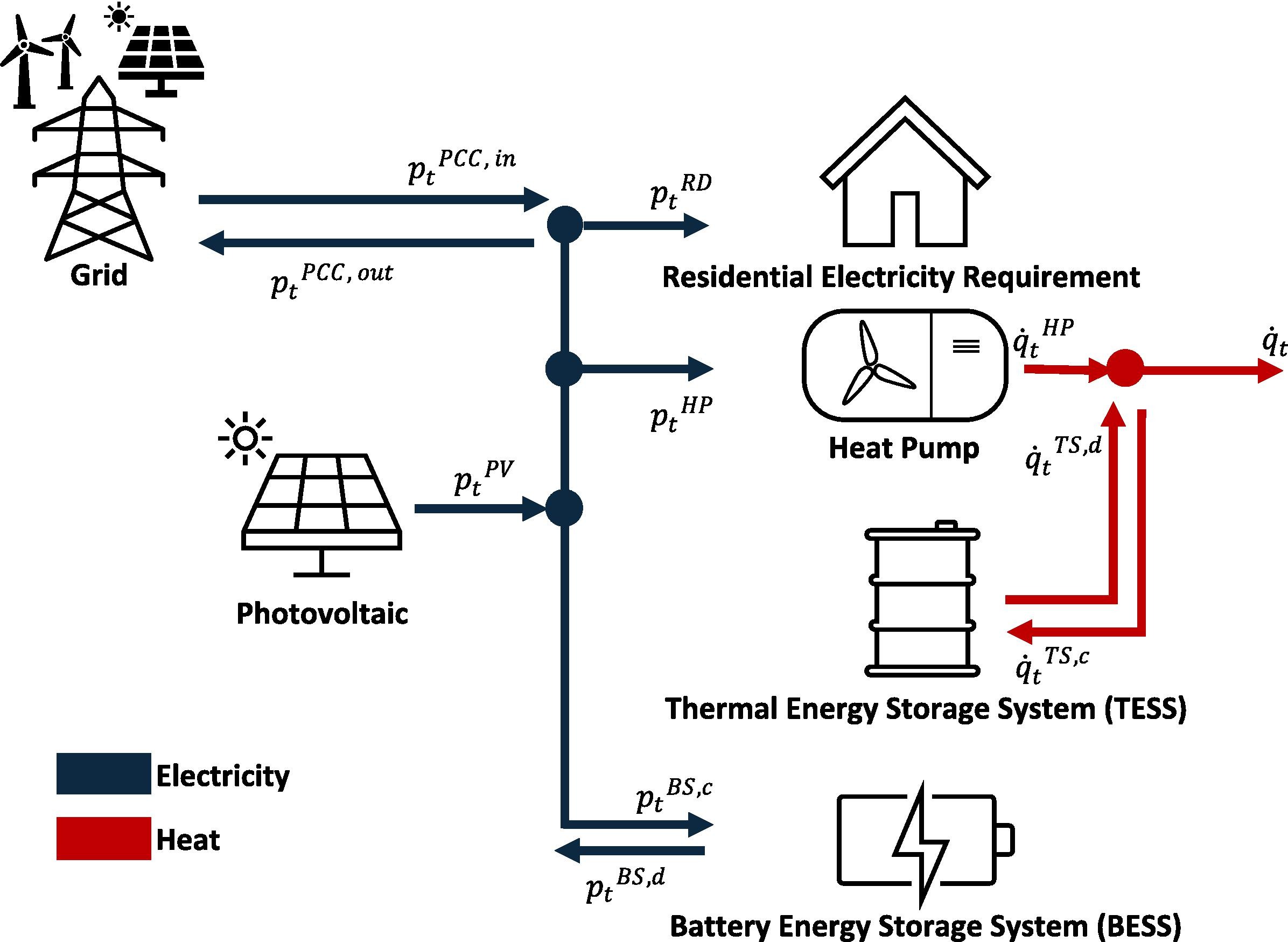New study confirms sensitivity of heterojunction solar cells to soldering flux
Researchers in South Korea have found that the contamination by small amounts of soldering flux residues during heterojunction PV module manufacturing can induce significant long-term performance degradation. Careful control of flux application methods and incorporating drying steps are proposed as potential solutions.
Researchers in South Korea have found that the contamination by small amounts of soldering flux residues during heterojunction PV module manufacturing can induce significant long-term performance degradation. Careful control of flux application methods and incorporating drying steps are proposed as potential solutions.
A group of researchers from the Korea Electronics Technology Institute (KETI) has investigated how commercially available solder fluxes can corrode indium tin oxide (ITO) electrodes in heterojunction (HJT) solar cells and have found that there is a significant risk of early degradation during the cell interconnection process.
Soldering fluxes are used to remove the oxide from the tab ribbons or bus ribbons during the module assembly process.
The scientists analyzed, in particular, four commercially available fluxes – 920, 952, 56, and 180 – under harsh conditions, including high humidity and temperature. “The fluxes were pre-dried, resulting in a highly concentrated, thick paste-like consistency,” they explained. “Solder flux was intentionally dropped to the front and rear ITO layers during the tabbing process.”
The flux residues were removed via sonication after damp heat (DH) degradation for 45 h. However, a series of electroluminescence (EL) images showed that the residues were not removed completely, which caused the formation of dark spots on the cells.
Through other experiments, the research team found that placing solder flux onto the ITO layer of HJT cells leads to “severe” loss of electrical conductivity.
“This corrosion behavior is particularly pronounced on the rear side ITO layer due to its distinct structural difference compared with the front side ITO layer, notably a higher tin (Sn) content that results in tin oxide (SnO2) phase segregation confirmed in X-ray diffraction (XRD) analysis,” it explained. “X-ray photoemission spectroscopy (XPS) measurements also indicate a relatively high concentration of oxygen vacancies in the rear side ITO layer.”
The scientists also found that flux 920 showed the highest degradation rate for both sides of the ITO layers, due to its highest acidity, with the fluxes 180, 952, and 56, which have similar acidity, showing a lower degradation rate.
“Overall, these findings highlight that contamination by small amounts of flux residues during PV module manufacturing can induce significant long-term performance degradation,” the academics concluded, noting that their work presents a method of flux application and the drying process that can solve such degradation issues.
“The samples that the flux is dried and blown before tabbing exhibit nearly no degradation, indicating that drying and blowing process reduce the overflow of solder flux onto the ITO layer and thus mitigate increases in series resistance,” they added.
Their findings can be found in the study “Soldering flux causes corrosion of indium tin oxide electrode in heterojunction solar cells,” which was recently published in Cell Reports Physical Science.
In February, researchers from the University of New South Wales (UNSW) and Chinese-Canadian PV module maker Canadian Solar investigated the effect of soldering flux on both TOPCon and heterojunction (HJT) solar cells and have ascertained that the choice of this component is key to avoiding potential module failures.
Through this work, the scientists found that power losses in the HJT cells were found to be caused by holes in the metallization layer, which facilitates soldering flux penetration, leading to chemical reactions that degrade performance. Furthermore, this research also ascertained that the ITO layer in HJT cells is highly susceptible to damage from soldering flux.
What's Your Reaction?


























































